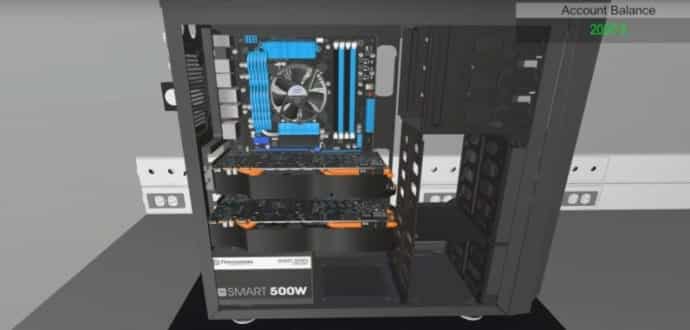

BUILDING A CPU IN CPUSIM SIMULATOR
A stack is provided that demonstrates support for interrupts, system calls, subroutine parameters, saving register values between subroutine calls, and return addresses.Ī further refinement to CPU simulator is the inclusion of cache and pipeline simulations both of which provide highly configurable and visual operations. The simulator provides runtime debugging facilities for the selected instructions, registers and memory locations. The stored instructions can then be individually selected and manually executed one by one or run as a program. The selected assembler instruction is then added to the CPU instruction memory. In selecting operands the associated addressing modes can also be specified at the same time. The CPU instructions can be entered manually by selecting valid instructions and operand(s) from a list of instructions and operands.

load and store, the CPU instruction set is based on register to register addressing. The CPU Simulator is loosely based on Reduced Instruction Set Computer (RISC) architecture with a prominent register file composed of from 8 to 64 configurable fast registers, a minimal set of variable-length instructions (pure RISC has fixed length instructions), a limited number of addressing modes, data and instruction caches and a 5-stage instruction pipeline. The CPU instructions are generated by the compiler. It supports multiple CPU simulations in shared memory or loosely coupled architectures.

The CPU Simulator incorporates data and instruction cache simulators as well as a 5-stage CPU instruction pipeline simulator.


 0 kommentar(er)
0 kommentar(er)
